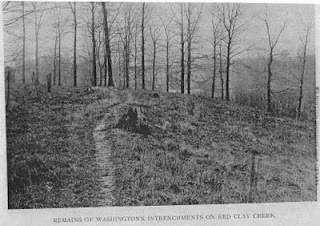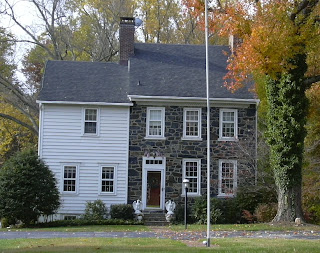The Hugh Finlay Duplex
This two-family home, located at 2253-2255 (formerly 305-307) Wabash, was built on a lot that was once part of the Cicotte / Godfroy Farm. The history of that farm has been covered in a previous post , so there is no need to repeat it here. The segment of the farm south of Michigan Avenue was divided into individual lots in 1864. On April 26 of that year, lot number 26 was purchased by a forty-four-year-old real estate dealer named Ralph Phelps. Plat of the Godfroy Farm south of Chicago Road ( State of Michigan ) Two years later, Ralph Phelps sold lot 26 to Horace Fosdick. Horace Forsdick Horace P. Forsdick was born January 23, 1833 in Suffolk County, England to Benjamin and May Ann (Easter) Forsdick. He came to Detroit around 1860. On April 26 of that year, he appeared in Recorder's Court to declare his intention to become a United States citizen. At the outbreak of the Civil War, Forsdick enlisted with Company C of the 1st Regiment of US Sharpshooters on August 26, 1861.




